QCM NexusOne Insight # 4
April 2025
Aref Karim - Ershadul Haq - Raami Karim
ADAPTABILITY IN SYSTEMATIC INVESTING
AN UNDERRATED EDGE
Fragility to Resilience
In systematic investing, people think of edge in terms of models, data, or signals. And yes, those matter. But in fast-moving, regime-shifting global markets, there is another form of edge that may be even more important: Adaptability.
The ability to evolve not reactively, but systematically, is what separates weaker strategies from resilient ones. Adaptable systems are designed to learn from their environment, absorb shocks, and recalibrate as circumstances demand. This article explores why adaptability is essential in today’s macro environment and how systematic frameworks can be designed to embed it from the ground up.
Markets Are Not Stationary
Change is the only true constant in financial markets. Shifting tides driven by evolving economic forces and investor sentiment ensure that yesterday’s certainties rarely last. Investors need to recognize that markets are in perpetual motion, always presenting new challenges and opportunities.
- Policy regimes shift (e.g., QE to QT)
- Volatility regimes rotate (e.g., low vol to high vol)
- Economic environment rotates (e.g. growth to value)
- Correlations break and reform (think bonds vs. equities in 2022)
A strategy that excelled in 2019 may falter by 2023 if it relies on assumptions that remain unchanged. Markets shift, and approaches that do not evolve risk become weak. To endure, investment systems must be built to adapt as conditions unfold.
Adaptability is Not Overfitting
Simply reacting to recent results by constantly tweaking your model is not true adaptability; it is curve-fitting. This approach leads to greater fragility, as the system becomes used to noise rather than signal. True adaptability builds a structure that responds thoughtfully to changing environments, rather than chasing data.
This enables strategies to respond swiftly and systematically as conditions shift. Such a structure can incorporate:
- Risk allocations that shift with volatility or market stress
- Models that learn across regimes or rotate between signal types
- Portfolio weights that adjust as cross-market relationships evolve
- Execution that adapts to liquidity dynamics in real time
Systematic is Not Static
A common misconception is that systematic strategies are rigid. The most effective systematic programs are intentionally designed to evolve over time. They incorporate adaptive mechanisms, enabling them to respond to new information and shifts in market structure. Flexibility is embedded within their frameworks. They have:
- Dynamic components that adjust to market conditions
- Rotational frameworks that switch between signals or other components
- Learning elements that recalibrate weights, thresholds, or sensitivities
- Research processes to review and improve algorithms as needed
A good systematic strategy behaves like a living organism, not a fixed machine.
It constantly senses and adapts to its environment. It is engineered to adjust, recalibrate, and evolve as markets shift. This inherent adaptability is key to succeeding in an ever-changing landscape.
Why Adaptability Builds Resilience
Adaptability is not a luxury. It is a necessity. When strategies can dynamically recalibrate, they are better equipped to absorb shocks, seize opportunities, and withstand turbulence.
A robust, adaptive approach offers several key benefits:
- Survives regime shifts
- Reduces drawdowns
- Preserves relevance over time
- Enhances time-varying diversification
- Supports long-term wealth creation
NexusOne Insight: Adaptability
At QCM, we view adaptability as a design principle and not an afterthought.
That means:
- Blending strategies such as trend, mean-reversion and macro
- Using volatility and correlation to shift exposure
- Structuring the system to rotate and rebalance systematically
- Embedding risk controls that flex with conditions
It is not about predicting the next macro theme. It is about being prepared for a range of outcomes and having the flexibility to respond when one unfolds. Our aim is not to be right all the time. It is to make several small errors but stay adaptive enough that we remain relevant and robust through what comes next.

